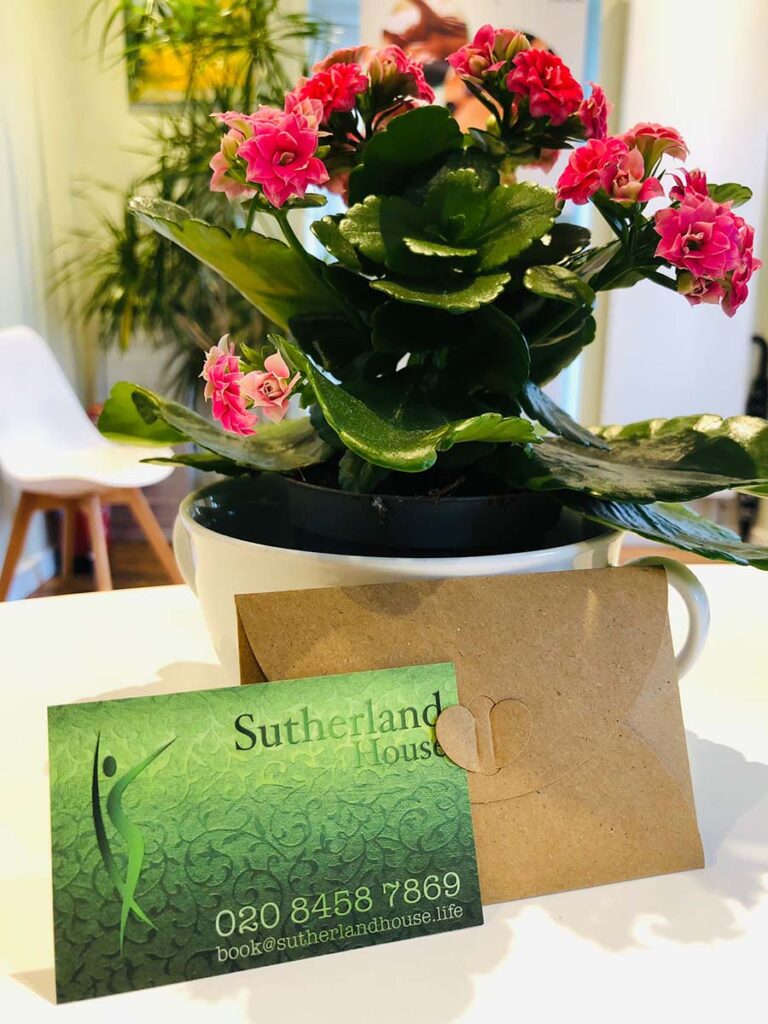Home » News » Hypermobility » 7 Ways to Help Hypermobile Children Be Confident, Flexible People

All children are different however these 7 tips are techniques we have found can really help to make confident flexible people!
It’s important for all children to be active, and even more so for hypermobile kids who need to strengthen muscles and improve coordination. Strength building is key for addressing hypermobility syndrome and muscle weakness is a problem for all children in today’s modern world.
As today’s lifestyle does not have the inbuilt strength building, you’re going to need professional exercises with a manageable plan that can be gradually introduced by a physiotherapist, and motivation to stick to them as much as you can.
Use an age appropriate reward system, star charts that enable children to have a treat such as a sticker or time on an iPad. By sticking to a routine, children are also learning good life skills for the future and building their resilience.
A lack of confidence due to pain or discomfort, lack of stamina or weakness can discourage your child taking part in activities, especially when competition is involved. Trying to find a physical activity that is enjoyable and in a supported environment can be the key.
Some ideas are; geo-caching, playing catch, dog walking, building outdoor dens, kicking a soft football, playground swings, a lightweight bike for cycling, family walks and swimming. For more inspiration take a look at The National Trust’s 5 things to do before you are 11 ¾ https://www.nationaltrust.org.uk/50-things-to-do
Often children with hypermobility syndrome will have flat feet, or lack foot and ankle stability, even if this is not the case many will benefit from seeing a Podiatrist. A Podiatrist referred from your GP will be able to make an individual diagnosis and recommend a tailored solution for your child. Corrective insoles worn for some or all of the day and medical attention can reduce symptoms for your children. The right corrective insoles can also make children feel more stable and able to get more involved in exercise, and prevent longer term issues.
Making exercise and activity part of a daily, weekly and monthly routine is a good way to make a habit stick. So rather than creating another to-do for your list, or needing to overcome the lure of screen time, add exercise into your normal day.
Walking to or from school every day or on certain days that it can fit into your routine, on a Saturday to the shop, on the weekends to the park, or the local swimming pool all can help you to bring exercise into your daily life. It can be difficult to overcome the attraction of a screen, so tracking your steps using a fitness app, as a family can be a way to make it more interesting and visual on their favourite iPad.
It’s easier to stick to habits and routines if you commit to them with someone else. This is the same for your child, and often a caring sibling or cousin, auntie or neighbour can be a great source of motivation. Encouraging your child by creating a protected safe family environment for them to exercise and be active, without fear will build their confidence and make success more likely. Involving a trusted family or friend as a coach or a helper can be positive for everyone, bringing much needed support.
Often when a child has a medical diagnosis, such as hypermobility, it seems only a negative thing, something different. It’s important not to forget that there are many advantages to being different and to being flexible. Overcome any fearfulness by giving a vision to yourself and your child about what things could be like in the future.
Find a famous flexible person and keep up to date with their lives, role models can really help. Very flexible people can be gymnasts, athletes, yoga teachers, runners, mums, dads, and most importantly very flexible people can be happy!
It’s good to find other people who are going through the same or similar experiences to you. A good ear and support network is very important, do try to take a break and say yes to offers of help.
